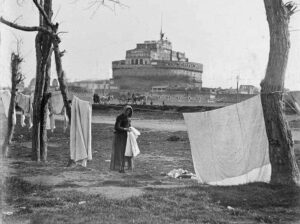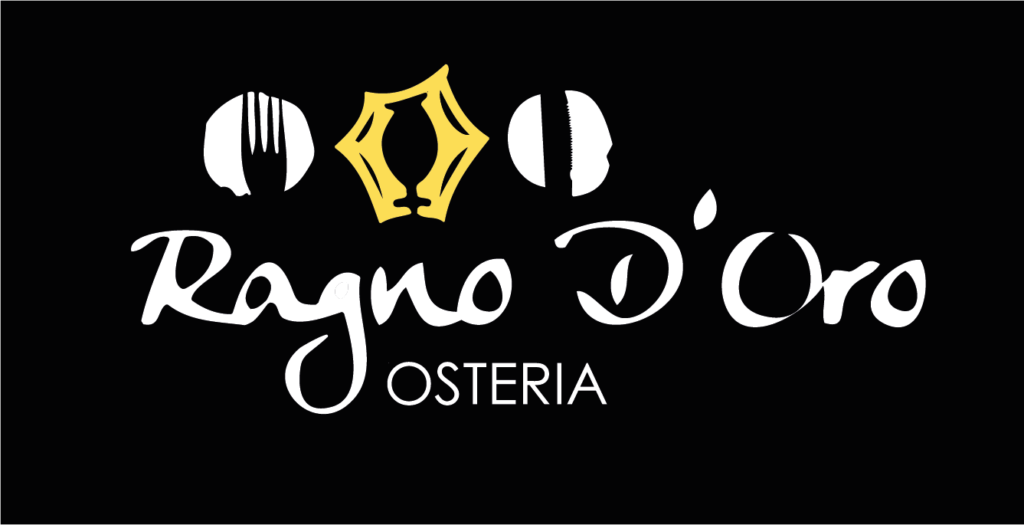Today, the Prati district is one of the busiest and most historic places in Rome, full of art and tradition. Yet, this place hides some unexpected curiosities. Today we are here to share them in this article!
The origins of the name
Until 1883, this area, now known as the Prati district, consisted of vast cultivated and natural fields, swamps that were only later cleared and a few isolated farmhouses, while in even older Roman times it was common to find canes and vineyards, property of Domizia.
Once called ‘Prati di Castello’ in reference to its proximity to the famous Castel Sant’Angelo, from this it currently maintains its name ‘Prati’, a symbol of what it was in ancient times.
With the taking of Rome in 1870 and the subsequent Plan of 1883, this large natural area was urbanised and built up to what we are familiar with today, with the official constitution of the district in August 1921.

Prati: originally a laic neighbourhood
Today, when we think of this iconic Roman neighbourhood, we tend to associate it with the large groups of tourists and religious people who colour the streets, moved by their faith and their desire to visit the Christian places of worship that flourished in this specific area. It may surprise you to know that, following the 1883 ordinance, the Rome City Council indicated a very specific predisposition for the new urbanisation of the area: it was essential that the vision of St. Peter’s dome was obstructed by any means.
This is explained by the fact that that historical period was characterised by tensions between the State and the Church; we are in fact in post-unification Italy, and the broad anti-clergy stance was no secret. This is how this area came to host the administrative and military structures of the Kingdom of Italy; indeed, it is enough to note how the names of the streets still refer to the great commanders, literary and secular figures and heroes of the Renaissance from whom the historic square takes its name.
The differences between yesterday and today
From an area of endless greenery to an elegant area full of knowledge, from the ancient to the modern that we now breathe. Today and compared to the past, the Prati district is an increasingly commercial and touristic area, full of cultural and entertainment attractions in a larger sense, like the many markets, among which the Mercato Trionfale stands out, that contribute to animate the streets or buildings that house organs of national importance, such as the Court of Justice in Piazza Cavour. Clear is how its economy is no longer based on the mere agricultural aspect.
On the building level, however, it can be seen that while there used to be more irregularity, with a predominant Art Nouveau style and buildings of different sizes, today the style that characterises it is Umbertine, with strong geometries and symmetries that confer it its iconic elegance.
These modern differences give it a prestigious real estate value, definitely not to be underestimated.
It is certainly very interesting to discover how sometimes what we are used to can hide almost opposite origins. We hope we have provided you with a few more cultural insights with this article, to be remembered the next time you decide to immerse yourself in the streets of one of the most densely populated districts of the beautiful city of Rome.
And if you get a bit of an appetite while strolling, remember that the team of Ragno D’Oro awaits you with open arms every day at Via Silla 26. Contact us now to book your table!
